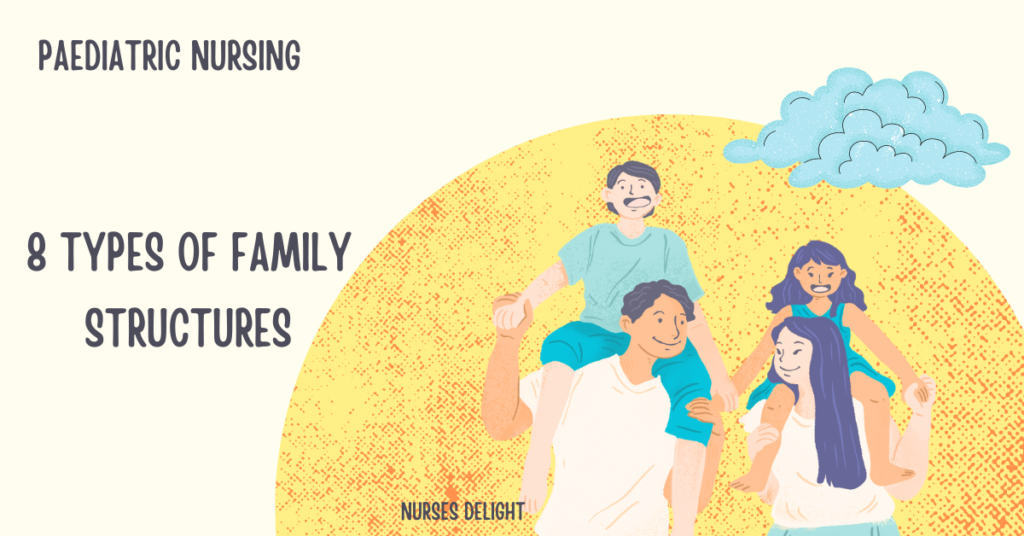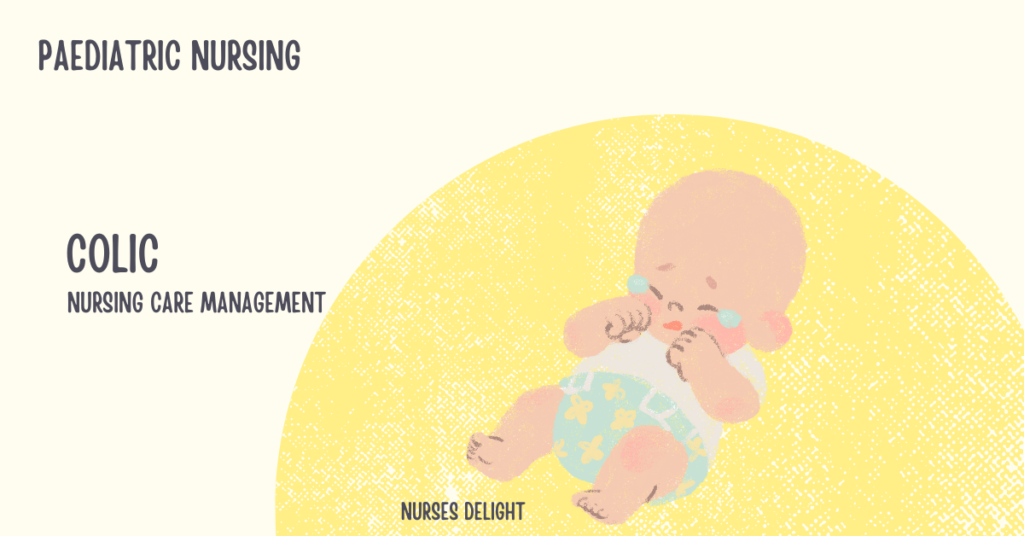Asthma is a chronic inflammatory disorder of the airways characterized by recurrent episodes of wheezing, breathlessness, chest tightness, and coughing.
These symptoms occur due to bronchial hyperreactivity and inflammation, leading to narrowing of the airways. Asthma can vary in severity and is often diagnosed in childhood.
Causes
Asthma in children is multifactorial with both genetic and environmental components:
1. Genetic Factors: Family history of asthma or allergic conditions increases the risk.
2. Environmental Factors:
- Allergens: Exposure to pollen, dust mites, pet dander, mold, and cockroach droppings.
- Irritants: Tobacco smoke, air pollution, and strong odors.
- Infections: Respiratory infections, particularly during early childhood.
- Weather: Cold air or sudden changes in weather can trigger symptoms.
- Exercise: Physical activity, especially in cold or dry air, can induce exercise-induced bronchoconstriction.
Pathophysiology
Asthma involves a complex interplay of inflammatory cells and mediators:
- Airway Inflammation: Inflammatory cells such as eosinophils and T-lymphocytes infiltrate the airway walls, leading to edema and mucus production.
- Airway Hyperreactivity: The airways become overly sensitive to various stimuli, resulting in excessive contraction of bronchial smooth muscle.
- Mucous Production: Goblet cells in the airway epithelium increase mucus production, contributing to airway obstruction.
- Airway Remodeling: Chronic inflammation can lead to structural changes in the airways, including thickening of the basement membrane and increased fibrosis.
Medical Management
1.Pharmacological Treatment
a) Long-Term Control Medications:
- Inhaled Corticosteroids (ICS): e.g., fluticasone, budesonide – reduce inflammation.
- Leukotriene Receptor Antagonists: e.g., montelukast – help reduce inflammation and bronchoconstriction.
- Long-Acting Beta Agonists (LABAs): e.g., salmeterol – help relax the airways, used in combination with ICS.
b) Quick-Relief Medications:
- Short-Acting Beta Agonists (SABAs): e.g., albuterol – provide rapid relief of acute symptoms by relaxing bronchial muscles.
- Anticholinergics: e.g., ipratropium – used in combination with SABAs for acute exacerbations.
2. Non-Pharmacological Management
- Allergen Avoidance: Identifying and minimizing exposure to known triggers.
- Peak Flow Monitoring: Regular monitoring to detect early changes in lung function.
- Education: Teaching proper inhaler technique and understanding of the asthma action plan.
Nursing Implications
Assessment
- History: Obtain a detailed history of asthma symptoms, triggers, and previous exacerbations.
- Physical Examination: Assess for signs of respiratory distress, such as wheezing, use of accessory muscles, and cyanosis.
- Monitoring: Regularly check vital signs, oxygen saturation, and peak flow measurements.
Diagnosis
- Impaired Gas Exchange related to airway obstruction and inflammation.
- Ineffective Airway Clearance related to increased mucus production and bronchoconstriction.
- Risk for Activity Intolerance secondary to dyspnea and reduced oxygenation.
Planning
- Develop an Individualized Care Plan based on the child’s specific triggers, medication regimen, and asthma action plan.
- Plan educational sessions for the child and family about asthma management, trigger avoidance, and proper medication use.
Implementation
- Ensure adherence to prescribed medication schedules and proper inhaler techniques.
- Provide immediate intervention for asthma attacks, including the use of rescue inhalers and positioning.
- Educate the family about recognizing early signs of worsening asthma and when to seek medical help.
Evaluation
- Monitor the effectiveness of medications and make adjustments as needed.
- Regularly review symptom frequency, peak flow readings, and overall asthma control.
- Ensure the child and family understand and are implementing asthma management strategies correctly.




Hi! This post could not be written any better! Reading through this post reminds me of my previous room mate! He always kept chatting about this. I will forward this article to him. Pretty sure he will have a good read. Many thanks for sharing!
Thank you too